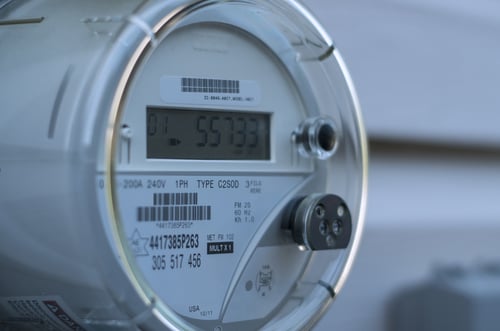Why You Should Submeter the Electricity Consumption of Tenants

Many buildings with tenants only have a main power meter, which means that electricity expenses are combined in a single utility bill. In these cases, all electricity is charged to the property owner, even when tenants are the end users. Therefore, building owners must find a way to allocate electricity costs.
A common approach is splitting the electricity bill based on the square footage used by each tenant, which means that large companies end up paying more. However, this approach penalizes tenants that use plenty of space without consuming a lot of electricity - retailers with large storage areas are a good example.
Splitting the power bill equally is also an option when tenant spaces are roughly the same size. However, this approach does not consider that some tenants have a higher energy consumption per square feet. For instance, a tenant with many computers and a data center with permanent air conditioning consumes a lot more energy than a retailer, even if both use the same floor area.
Improve the power metering infrastructure of your building.
Unmetered Electricity Does Not Incentive Savings
A negative consequence of unmetered electricity is that tenants have little incentive to improve their energy efficiency. This applies for the two billing methods described above.
- If tenants are billed equally, any savings achieved with energy efficiency are also split equally. For example, if a tenant saves $500 per month with efficiency measures, but there are 20 tenants in the building, the corresponding savings are only $25.
- If tenants are billed based on floor area, the savings from energy efficiency are also divided based on area. If a tenant using 20% of the floor space deploys a measure that saves $500 per month, they only get $100.
Another negative consequence of unmetered electricity is that everyone bears additional costs when a particular tenant is inefficient. Also, for the two reasons previously described, there is little incentive for the inefficient tenant to reduce consumption.
Energy efficiency measures for common areas can be effective, but most of the electricity consumption is concentrated in tenant spaces. Upgrades for common areas are normally carried out by property management companies, and their cost is recovered through rent increases.
How Submetering Incentives Energy Savings
When commercial spaces are equipped with individual power meters, electricity costs can be allocated fairly. Tenants who focus on energy efficiency get the full savings from their efforts, while tenants who are wasteful assume the full cost of their inefficiency.

Another advantage of submetering is that property owners can monitor the electricity consumption of common areas more effectively. When there is only a main power meter, there is no way to tell how the electricity bill is split among tenants and common areas.
After submetering is deployed, property management companies can calculate the difference between total consumption and the sum of all tenant consumption values.
- As an example, consider a building where the total consumption is 100,000 kWh, but the sum for all tenant spaces is 90,000 kWh.
- The owner can conclude that common area consumption and internal distribution losses represent 10,000 kWh, or 10 percent.
If there is suddenly a large gap between total consumption and tenant consumption, the property management company should inspect the installation. The difference could be caused by a common system that is consuming more energy than normal, or tenant meters could be configured incorrectly and measuring less than the real consumption.
In the case of New York City, Local Law 88 makes submetering mandatory for all tenants that meet certain conditions described in the law. Buildings covered by LL88 must also have their lighting upgraded according to the requirements of the NYC Energy Conservation Code. The deadline for compliance is January 1, 2025.

Michael Tobias
Michael Tobias, the Founding Principal of NY Engineers, currently leads a team of 150+ MEP/FP engineers and has led over 4,000 projects in the US
Join 15,000+ Fellow Architects and Contractors
Get expert engineering tips straight to your inbox. Subscribe to the NY Engineers Blog below.

